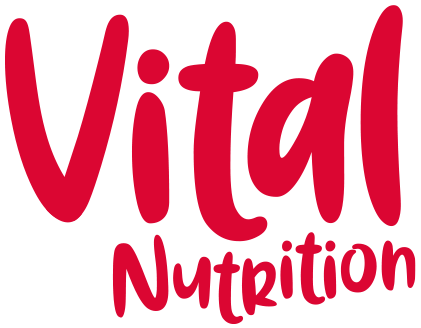Balancing your macros
It feels like January social media posts are full of ideas to help us lose weight, get fit or better ourselves in one way or another. Well-meaning intentions from influencers suggesting that you cut carbs, count calories or load up on protein takes no consideration of your unique nutritional requirements.
The problem with January diets is that they don’t last the course. Cutting calories will leave you hangry, cutting carbs could mean you crave more sugar and overloading on protein foods can kick the macro balance out of sync.
Let’s get back to basics.
Your body is hungry for a balance of calories from different sources. Rather than restricting one macronutrient, let’s take a refresher on why we need these important nutrients in our diet.
Calories come from 3 sources - fat, protein and carbohydrates. We need carbohydrates for energy, protein for growth and repair and fats for hormone balance, cell function and appetite control. Rather than taking a complete food group out of your diet, striking a healthy balance is a healthier and more sustainable way to lose weight and nourish your body better.
1. Think quality & quantity of carbs
When it comes to carbohydrates, it’s all about the quality. Choose better quality and it is easier to cut back a little on the quantity without feeling hungry or hangry! Better quality means more fibre. That fills you up, so it’s much easier to control portion size. Good sources of carbs in our diet include wholegrains, root vegetables and pulses. On the other hand, if your choice of carbs are white bread, white rice, white pasta, these foods will spike your blood sugar, trigger an insulin response and result in weight gain. Not only that, but it is hard to fill up on carbs when the fibre is missing, so you are likely to feel hungrier and crave more. A portion size of carbohydrate is about a quarter of your plate, or one fist-sized portion. Choosing the higher fibre option will satisfy your appetite better, so you won’t need as much and the energy you will get is more slow, sustained release.
2. Eat healthier fats, not low fat!
Healthy fats are essential for optimum health. We need our omegas for a healthy and balanced metabolism, appetite control, hormone balance and to reduce inflammation. When any of these things are out of whack, we can gain weight. Low fat diets will work for a short-term fix, but sooner or later your body will give you a cry for help. That could be finding it harder and harder to lose weight, having low mood, cravings or joint pain. Fat helps to satiate your appetite, so cutting it out in a bid to lose weight makes things harder. Weight loss should not be a battle! When you eat in a way that suits your body, your appetite regulates, cravings are reduced and your mood is more balanced.
The solution? Choose healthy fats. Omega-3 rich oily fish 2-3 x week, olive oil every day (drop the processed Fry-light version), and have a little handful of nuts and seeds every day.
3. Think protein first
It is probably accurate to say that most people could benefit from a little more protein in their diet, but you don’t need to load your trolley with protein yoghurts, bars and powders to get enough. While these foods may be higher in protein, they are also more likely to be loaded with sugar or sweeteners, gums and other ingredients that have no place in a healthy diet.
Pack a palm-sized portion of protein on your plat and you are likely to feel fuller for longer, crave less and keep going longer. Choose eggs, meat, fish, nuts and seeds, natural yoghurt, beans and lentils or cheese (cottage, goats or feta are best).
Remember that healthy eating is for life, not just for January! Slowly adjusting the balance of what’s on your plate, so that you are eating more vegetables, fibre, healthy fats and enough protein is more likely to help you lose weight and keep it off than any crazy fad diet or get skinny quick plan.

